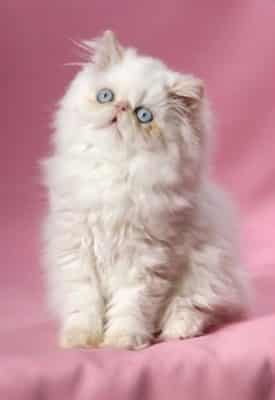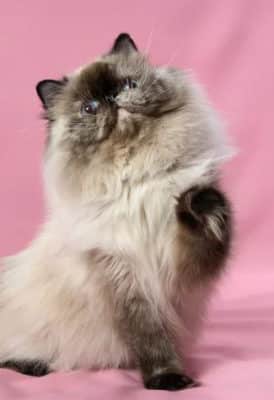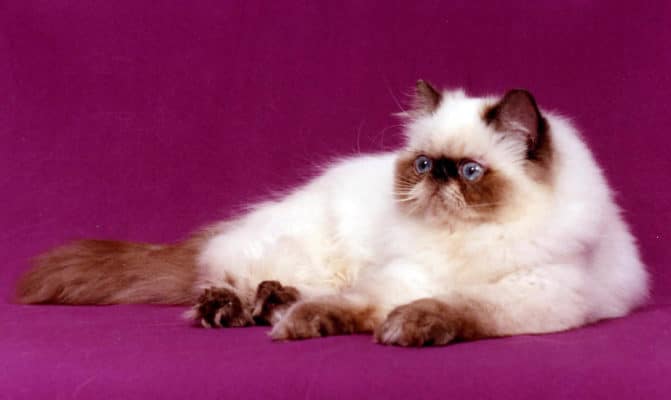Persian (Colorpoint)
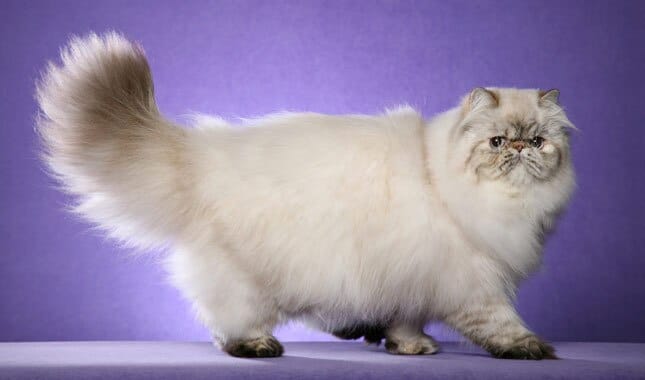
Kind and fluffy phlegmatic! The Persian cat is a regal beauty with a gentle character. Often called a couch cushion, it is a very calm creature, partly even passive. Persians do not like noise, and they very rarely give voice. The cat rarely starts playing with claws and teeth; no one can call it aggressive. He nicely tolerates loneliness but is infinitely devoted to his master.
Table of Contents
Breed Information
| Origin | Iran |
| Size | Males 25-30 cm Females 23-25 cm |
| Weight | Males 5-7 kg Females 3.8-5 kg |
| Fur Type | Long-haired |
| Color | Colorpoint, all colors and coat patterns |
| Lifestyle | Indoors |
| Lifespan | 15-20 years |
| FIFe Classification | Category I: “Exotic and Persian” Breed designation – PER |
| WCF Classification | Group 1: “Long-haired” Breed designation – PER |
| TICA Classification | PS |
| Group | Long-haired cats, popular cats, apartment cats (docile cats) |
| Price | $50-400 |
Breed Photos
Origin History
Upturned nose, gorgeous fluffy coat! Persian is one of the oldest and most popular cat breeds in the world. A true aristocrat with royal manners with peerless appearance, and high intelligence. This breed seems to be created for aesthetes; it was bred in the XVII century. There are two versions of Persian cats’ origin.
The first says that cats were brought from Persia, hence the name of the breed. In the 16th century, from Persia to Europe, more precisely to Rome, cats came thanks to the Italian aristocrat, traveler, and diplomat Pietro della Valle. From Rome, these nice cats began to conquer all of Europe. Modern Persian cats are not quite like their ancestors. At the breed’s origin, the Persian spouts were a little longer, and the ears were much larger.
According to the second version, Persians were not brought to Italy at all but to France from Angora (the old name of Ankara in Turkey). These beauties appealed to Europeans, and the breed quickly gained popularity.
There are Persian movie star cats. They are very popular in movies. Hermione Granger’s pet, the Bellybutton (Corkshanks) from the world-famous Harry Potter movies, was also a Persian.
Appearance
The first thing that strikes the eye when you look at a Persian cat is discontented, or you might say, serious face and a very, very lot of hair! Small ears, big head, convex forehead, stocky body, short paws, long and fluffy tail, huge eyes of bright color, and flat snout are the distinguishing features of Persian cats.
The Persian cat is the longest-haired breed of cat. The Persian breed has more than a hundred kinds of colors. In this regard, the Persians are the official record holders among their brethren. One of the most popular is colorpoint. This color is characterized by a light body (from white to cream) and a darker muzzle, ears, paws, and tail.
Persians have three breed standards, and they are all officially recognized. Old English, Modern European, and Extreme (Persian Exot). The standards are mostly similar, differing only in size and nose position. In extremals, the nose is bent as high as possible, in contrast to other standards. Persian Exots are more common in the United States. Persians, in general, are distinguished from other cat breeds by their snub-nosed nose. The Persian cat’s weight is five to eight pounds; the females are usually two pounds less.
Character
Kind and fluffy phlegmatic! The Persian cat is a regal beauty with a gentle character. Often called a couch cushion, it is a very calm creature, partly even passive. Persians do not like noise, and they very rarely give voice. The cat rarely starts playing with claws and teeth; no one can call it aggressive. He nicely tolerates loneliness but is infinitely devoted to his master. Persians never hurry anywhere and never do; that’s why they prefer lounging or sweet dreams to active games and hunting.
Care
Persians boast the longest coat of any cat breed. To keep it from losing all its gloss, be prepared to devote a lot of time to it. A Persian cat needs daily brushing of its hair; this should be done to avoid tangles. Cats should be accustomed to this procedure from childhood; then, it will not cause any discomfort. From an early age, the kitten should also get used to bathing. If you bathe the cat once a month, combing it will be much easier, with special shampoos and conditioners to help. But the careful care of a cat’s rich coat is not the only nuance.
Persians have extremely tearful eyes; they, too, should be given great attention. Every day the eyes should be wiped and treated with special cosmetic powder to avoid tears and to have clean and without “paths” eyes.
Education
Persian cats are intelligent creatures. They quickly learn commands, rules of conduct in the house and lend themselves well to training. First of all, it is worth teaching Persians one of the most useful commands – “no” or “ew”. You can use only your voice for effective training, paying attention to the tone you speak to the cat. Cats are very sensitive to the slightest change in the intonation of the human voice. Attempts to bite or scratch the owner should be suppressed by a forbidding command spoken in a stern voice.
Common Diseases
In Persian colorpoint, cats are often found: polycystic kidneys, which can lead to kidney failure and various cardiovascular system diseases. Much more Persians are prone to such a congenital disease as progressive atrophy of the retina, quickly leading to blindness.
Persians are a large breed of cat. They tend to develop hip dysplasia. There are also various skin diseases in Persians, which are less life-threatening but bring discomfort to the animal. There is a risk of increased tearfulness of the eyes and problems with breathing caused by the peculiarities of the structure of the cat’s flat muzzle.
Nutrition
The nutrition of Persian colorpoint cats is one of the most important in their care and development. The pet’s health, beauty, and mood depend on how properly and balanced its diet will be.
Among Persian owners, quite a few prefer to feed their pets ready-to-eat Persian breed food. This option is very appropriate for those who cannot devote enough time to preparing food, making a professional nutrition plan, taking into account the intake of vitamins and various microelements.
Persian owners who have the time and desire to prepare their pet’s food themselves can feed their cats regular food. This food option is much more complicated than the previous one because you have to calculate the number of micronutrients, vitamins, and calories.
Average daily balance of ingredients in the diet of a Persian cat:
- meat – half of the diet;
- vegetables – up to 30%;
- cereals – 10-20%.
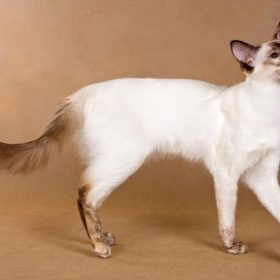 Seychellois Longhair
Seychellois Longhair Maine Coon
Maine Coon Somali
Somali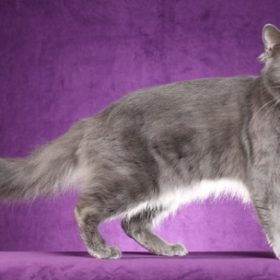 Nebelung
Nebelung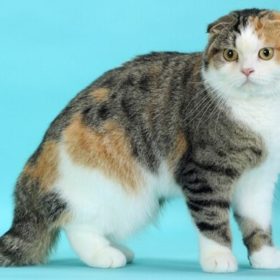 Scottish Fold
Scottish Fold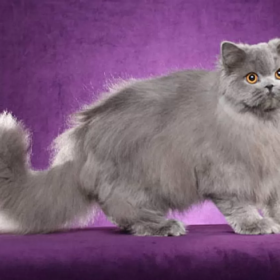 British Longhair
British Longhair